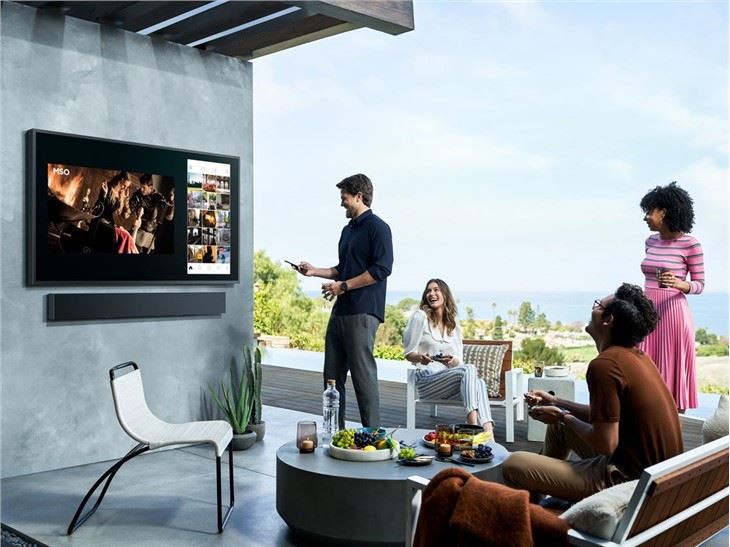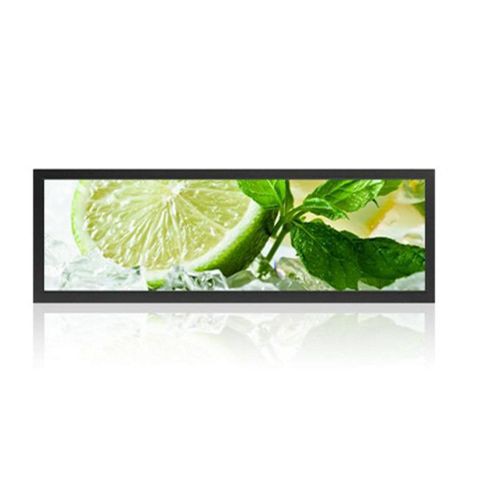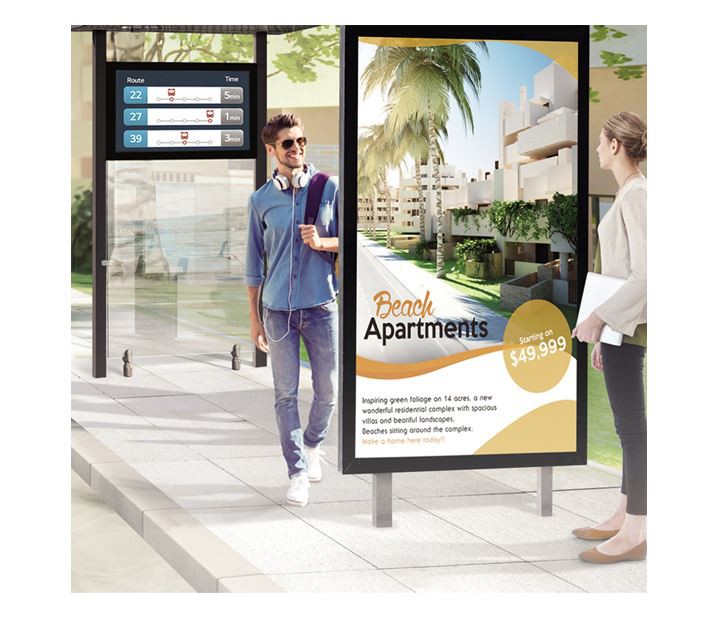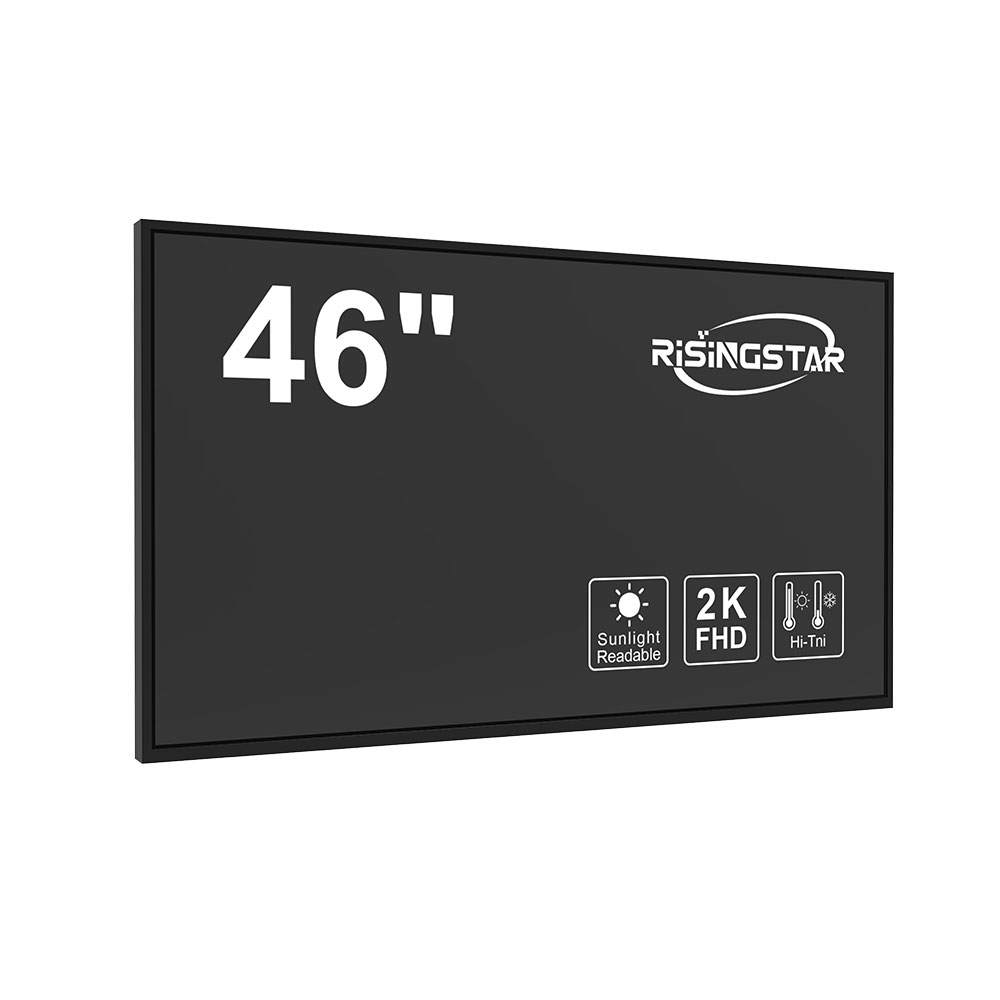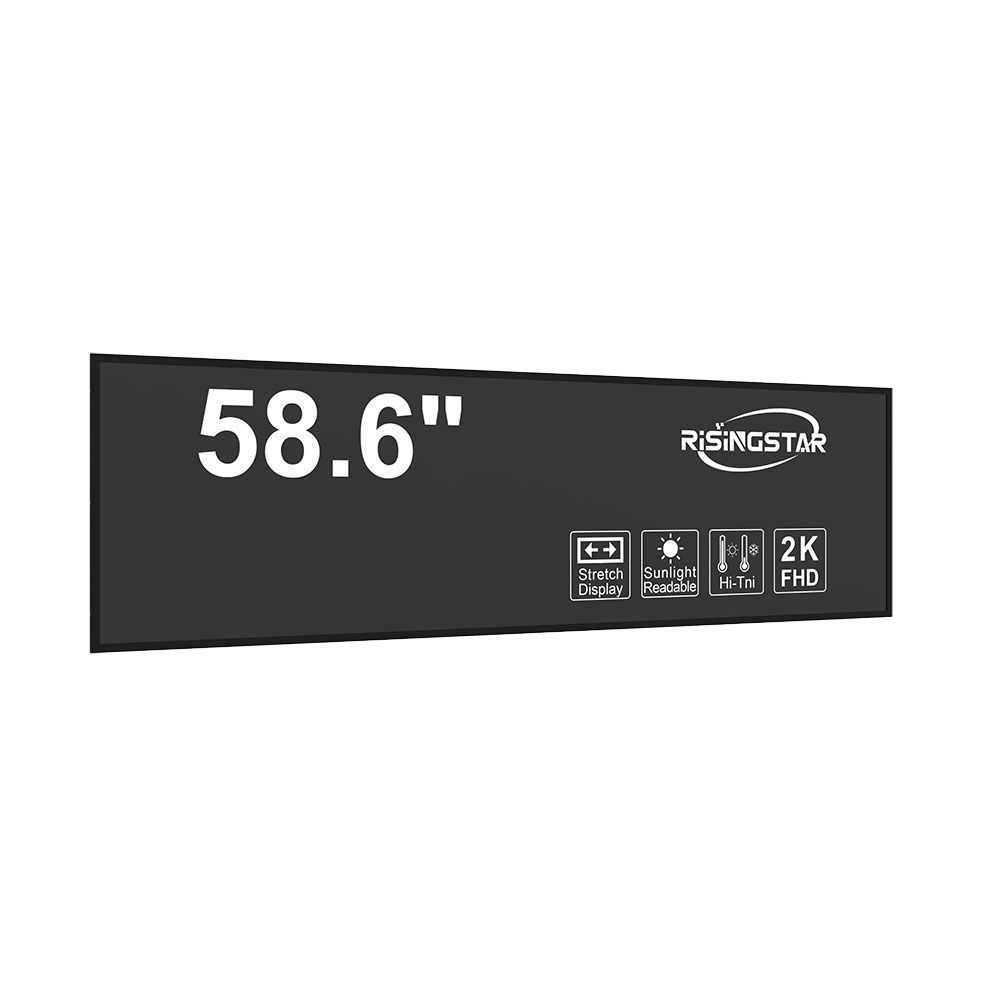In today’s increasingly mobile and connected world, high-brightness sunlight-readable LCD displays have become indispensable in outdoor environments where visibility under direct sunlight is critical. These displays are not merely about brightness—they represent a convergence of optical engineering, materials science, and human-centric design principles. From military field equipment to public transportation signage, from agricultural monitoring systems to automotive dashboards, the demand for reliable, readable screens in daylight conditions continues to grow rapidly.
The core challenge lies in achieving sufficient luminance to overcome ambient light, typically exceeding 10,000 lux in full sun. Standard indoor LCDs (usually 250–400 nits) fail dramatically under such conditions due to contrast degradation. High-brightness sunlight-readable LCDs must exceed 3,000 nits—some even reaching 10,000 nits or more—to maintain readability. This requires specialized backlighting technologies such as LED arrays with optimized diffusers, high-efficiency polarizers, and advanced liquid crystal formulations that minimize glare and enhance contrast ratio.
A key differentiator in these displays is the use of transflective or reflective modes alongside traditional transmissive backlighting. Transflective LCDs combine both reflective and transmissive layers, allowing them to reflect ambient light in sunny conditions while switching to backlight mode in low-light settings. This dual-mode operation reduces power consumption by up to 70% compared to fully backlit systems—a crucial advantage in battery-powered devices like handheld field computers or IoT sensors used in remote locations.
Industry standards such as MIL-STD-810G and ISO 16750-3 ensure durability under extreme temperatures (-30°C to +70°C), shock, vibration, and humidity. Real-world applications include U.S. Department of Defense field radios equipped with 5,000-nit displays that function reliably in desert warfare scenarios, and Japanese railway systems using ruggedized sunlight-readable screens for train information boards visible during midday sun.
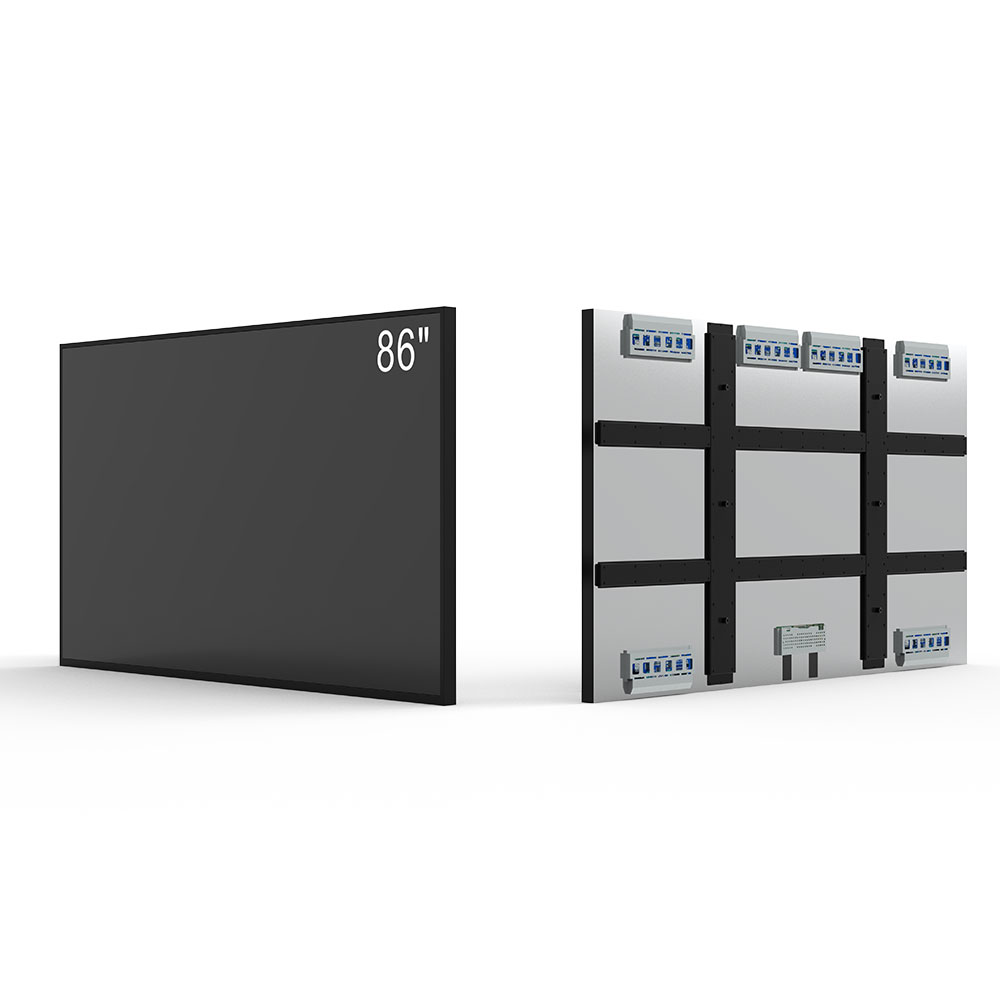
Moreover, recent advancements in OLED-on-Silicon (OLED-on-Si) and micro-LED technology promise next-generation solutions with higher contrast ratios (>1,000,000:1), faster response times (<1ms), and improved energy efficiency. However, cost remains a barrier for mass adoption outside niche sectors like aerospace and defense.
Manufacturers such as LG Display, Sharp, and Crystalfontz have invested heavily in R&D to meet global standards for outdoor performance. Their products often integrate features like anti-glare coatings, wide viewing angles (>170°), and touch interfaces resistant to dust and moisture (IP65 rating). Case studies from the automotive sector—such as Tesla’s Model Y dashboard—demonstrate how high-brightness LCDs contribute to driver safety by ensuring clear visibility without glare or distortion.
As smart cities expand and connected devices proliferate, the role of high-brightness sunlight-readable LCDs will only intensify. The future lies in adaptive brightness control using ambient light sensors, AI-driven image optimization, and integration with AR/VR for enhanced situational awareness. For engineers, designers, and procurement professionals, selecting the right display isn’t just about brightness—it’s about system-level performance, environmental resilience, and user experience in real-world lighting conditions.





